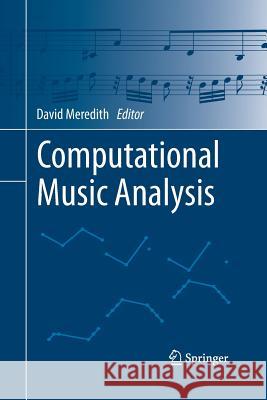Computational Music Analysis » książka
topmenu
Computational Music Analysis
ISBN-13: 9783319387444 / Angielski / Miękka / 2016 / 480 str.
Kategorie:
Kategorie BISAC:
Wydawca:
Springer
Język:
Angielski
ISBN-13:
9783319387444
Rok wydania:
2016
Wydanie:
Softcover Repri
Ilość stron:
480
Waga:
0.68 kg
Wymiary:
23.39 x 15.6 x 2.54
Oprawa:
Miękka
Wolumenów:
01
Dodatkowe informacje:
Wydanie ilustrowane











